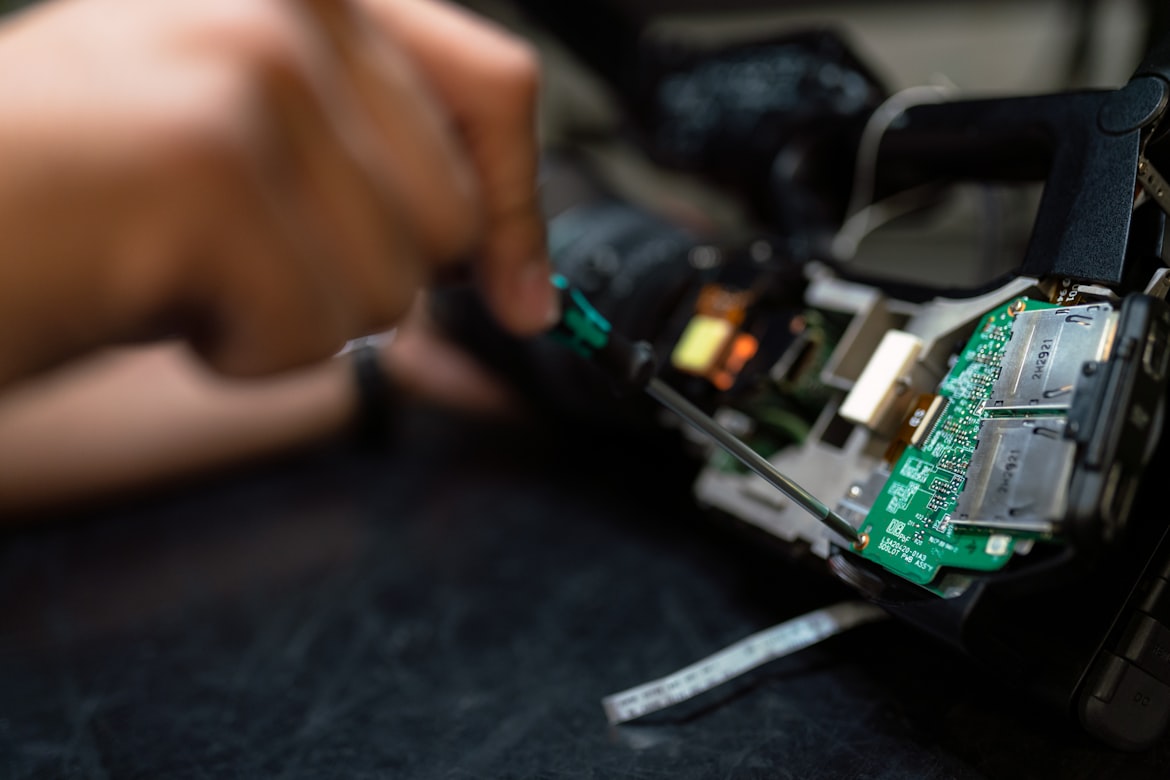The Green Fire Shield
How Ionic Liquids Are Revolutionizing Flame Retardants
Introduction: The Flammability Challenge
From towering skyscrapers to electric vehicle batteries, modern society faces unprecedented fire safety challenges. Traditional flame retardants—especially halogen-based compounds—come with toxic legacies: they release carcinogenic fumes when burned and accumulate in ecosystems.

Enter ionic liquids (ILs), a class of materials once known primarily as "green solvents." Today, scientists are harnessing their non-flammable nature, molecular tunability, and environmental compatibility to create next-generation flame retardants.
Bibliometric analyses reveal a research explosion, with publications soaring 300% since 2015 and hotspots converging on phosphorus chemistry, computational design, and multi-functional applications 1 4 . This article explores how these salt-like liquids are forging a safer, greener path through material science.
Key Concepts and Theories
The Anatomy of an Ionic Liquid Flame Retardant
Ionic liquids are salts that remain liquid below 100°C, composed of bulky organic cations (e.g., imidazolium, phosphonium) paired with inorganic/organic anions. Their flame-retardant action operates through three mechanisms:
Vapor Phase Inhibition
Phosphorus-containing anions decompose into •PO• radicals that scavenge combustion-propagating •H• and •OH• radicals 7 .
Char Reinforcement
ILs catalyze char formation on polymer surfaces, creating a thermal barrier (e.g., wood treated with phosphonium ILs shows 200% higher char yield) 2 .
Synergistic Effects
When combined with inorganic fillers like magnesium hydroxide, ILs reduce filler loading needs by 30–50% while enhancing dispersion 3 .
Table 1: Evolution of Ionic Liquid Flame Retardants
| Generation | Time Period | Key Characteristics | Limitations |
|---|---|---|---|
| First (Chloroaluminates) | 1950s–1990s | Water-sensitive, unstable | Limited applications |
| Second (Water-Stable) | 1990s–2010s | BFâ‚„â»/PF₆⻠anions; non-hydrolytic | Halogen content issues |
| Third (Functionalized) | 2010s–present | Phosphorus/nitrogen anions; polymerizable | Higher cost; complex synthesis |
Research Fronts and Hotspots
Bibliometric mapping of >1,300 studies identifies five dominant research clusters:
Electrolyte Safety
Non-flammable IL electrolytes for lithium-ion batteries 1
Synergistic Systems
ILs + nano-clays or metal hydroxides (e.g., MH/LLDPE composites) 3
Multi-Functionality
Simultaneous enhancement of mechanical strength, hydrophobicity, and flame resistance
Computational Design
Machine learning models predicting IL thermal stability and toxicity 6
In-Depth Look: The Wood Fireproofing Breakthrough
The Experiment: In Situ Polymerization of ILs in Wood
In 2024, Jiang et al. published a landmark study on transforming wood into an intumescent flame-retardant material using polymerizable ionic liquids 2 . Unlike surface coatings, their approach embedded flame retardancy within the wood's cellular structure.
Methodology Step-by-Step
- Synthesis of Phosphorus IL: Trimethyl phosphate reacted with 1-vinylimidazole at 120°C under argon to form a vinyl-functionalized phosphonium IL 2 .
- Wood Impregnation: Poplar wood samples underwent vacuum-pressure impregnation with the IL solution.
- In Situ Polymerization: The IL-infused wood was heated to 63°C with initiator (AIBA) and crosslinker (MBA), triggering polymerization within wood cell walls.
- Characterization: Raman spectroscopy, thermogravimetric analysis (TGA), and combustion testing.

Table 2: Structural Changes in Wood After IL Treatment
| Sample | Raman Shift (cmâ»Â¹) | Assigned Bond | Functional Implication |
|---|---|---|---|
| Untreated wood | 1605 | Aromatic lignin | Natural lignin decomposition |
| PIL-wood | 1340, 1580 | C–N/C=N bonds | Polymerized IL network |
| PIL-wood (post-combustion) | 1360, 1590 | P–O–C/P–N bonds | Enhanced char stability |
Source: 2
Results and Analysis
- Char Yield: PIL-wood showed 38.5% char residue at 700°C vs. 15.2% for untreated wood.
- Flame Spread: Peak heat release rate (pHRR) dropped by 53%, while total smoke production fell 41% 2 .
- Mechanism Insight: Raman mapping confirmed IL polymerization created a phosphorus-nitrogen-rich char that shielded cellulose fibers. This "ceramified wood" exemplifies intumescent behavior—swelling to form an insulating layer when exposed to flame.
The Scientist's Toolkit: Key Reagents in IL Flame Retardancy
| Reagent/Material | Function | Example Application |
|---|---|---|
| Phosphorus-based ILs (e.g., [DAmim]Ps) | Radical quenching; char formation | Epoxy resin: Achieves UL-94 V-0 rating at 6.8% loading |
| Silica Encapsulants | Prevents IL-paint demulsification; controls release | Acrylic paints: 53% flammability reduction in fabrics 5 |
| Amphiphilic GQDs (Graphene Quantum Dots) | Stabilizes Pickering emulsions for IL encapsulation | IL-silica capsule synthesis 5 |
| Protic ILs (e.g., Palonot P2/P4) | Phosphorylation of natural fibers | Hemp/PLA composites: Achieves EN 45545 HL3 for railways 8 |
| Crosslinkers (e.g., N,N′-Methylenebisacrylamide) | Enables in situ IL polymerization | Wood cell wall reinforcement 2 |
Future Frontiers
The next decade will focus on smart IL systems responsive to heat-triggered charring and machine learning-accelerated design. Recent studies use neural networks to predict decomposition temperatures and toxicity of phosphorus ILs, slashing R&D cycles 6 . Meanwhile, multi-functional ILs—like those enhancing mechanical strength by 146% in epoxies —signal a shift from mere fire safety to comprehensive material enhancement.
In situ polymerization turns wood into a 'fireproof sponge'—its natural structure becomes the scaffold for flame-retardant networks. This biomimetic approach is key to sustainable fire safety.
Conclusion: Beyond Firefighting
Ionic liquids exemplify how green chemistry can solve entrenched industrial problems. From preventing battery thermal runaway to creating fire-resilient timber skyscrapers, their molecular diversity offers unparalleled design freedom. As research pivots from lab-scale curiosities to commercial applications, these "designer salts" may soon render toxic flame retardants obsolete—proving that safety and sustainability can be molecularly engineered.
